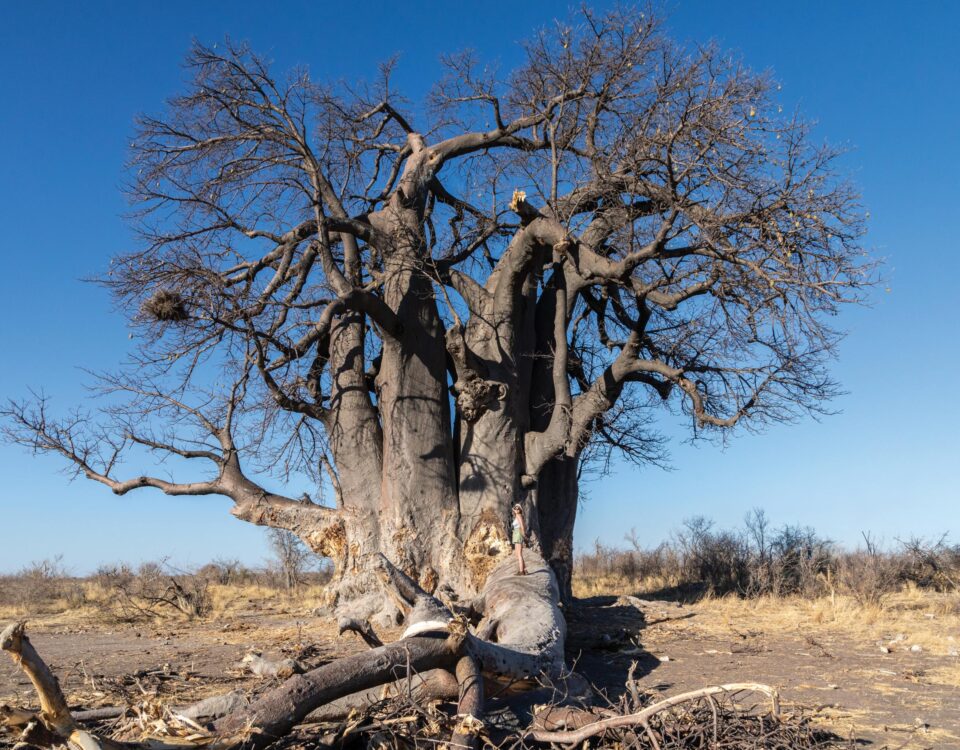Camping in Khaudum
July 9, 2015NEWS | Responsible Tourism Awards
July 10, 2015Community Conservation Fisheries Project
By Richard Peel and Denis Tweddle
The broad, meandering rivers and large seasonal floodplains of north-eastern Namibia contrast sharply with the harsh aridity of much of the rest of the country. The area is watered by the Zambezi, Kavango and Kwando rivers that rise in north-western Zambia and the central Angolan highlands. These floodplain rivers are highly productive and support an incredible array of life, including nearly 100 fish species. The driving force behind the diversity and productivity of these systems is the annual flood, during which the rivers overtop their banks and inundate vast flat plains adjacent to them. Most fish species are well adapted to the wildly fluctuating conditions by being fast growing, early maturing and highly prolific breeders. As a result of these factors, the Zambezi, Kavango and Kwando rivers are able to support large fisheries.
Local communities rely heavily on the fish resources of these rivers and their associated floodplains and lakes for subsistence and commercial gain. The sustainability of the fish resources, and the local communities’ livelihoods are, however, threatened by overfishing and environmental change (such as in climatic wet and dry cycles). In order to ensure the sustainability of the region’s fisheries, the Ministry of Fisheries and Marine Resources (MFMR), in conjunction with the Namibia Nature Foundation (NNF), has been developing community-based management systems through the previous MFMR/NNF/WWF Zambezi-Chobe Transboundary Fisheries Project and the current EU/NNF Community Conservation Fisheries in KAZA Project. The development of these management systems requires an understanding of the biodiversity and complex dynamics of the floodplain rivers, and the Go Green Fund has supported two projects to that end.
The first project concentrated on three large, commercially valuable cichlid species that are the mainstay of the region’s fisheries. The threespot tilapia Oreochromis andersonii, greenhead tilapia Oreochromis macrochir and redbreast tilapia Coptodon rendalli contribute up to 75 % of the catches from the Zambezi and Kavango rivers. Knowing how old these fish get, how fast they grow, and at what size they reach sexual maturity is essential for managing their populations. The varied environmental conditions present in each system mean that their growth rate and size at maturity can differ markedly between populations in different rivers. The project therefore undertook to study the biology of these three species in the Zambezi, Kavango and Kwando rivers, and in the recently refilled Lake Liambezi.
The study found that the growth rates of each species differed between populations in the four systems, being fastest in the recently flooded and highly productive Lake Liambezi and the Zambezi River, followed by the Kavango River, while they were slowest in the Kwando River. The size at maturity, however, did not differ between populations of each species. This means the fisheries could be managed using the same exploitation rules in all systems. It was recommended that the minimum gillnet stretched mesh size (the primary technical measure used to manage the fishery) be increased from 3 to 3.5inches, because the former size catches threespot and greenhead tilapias before they have reached maturity and had a chance to breed. A mesh size of 3.5 inches would catch fish closer to their size at maturity, allowing some individuals to breed before they are caught and ensuring the sustainability of the fisheries.
The second project currently being supported by the Go Green Fund was initiated after local community members from around Lake Liambezi expressed interest in harvesting small non-cichlid species in the lake. Experimental fishing during the previous Go Green Fund project showed that several small fish species, especially the striped robber Brycinus lateralis and silver catfish Schilbe intermedius, are very abundant in the offshore environment. These species are currently unexploited as they can only be caught in gillnets with mesh sizes smaller than the legal minimum set to manage the large cichlid species. Experimental fishing also showed that few juvenile cichlids are caught in the smallest mesh sizes, and that it may be possible to make an exception for the proposed fishery.
The project is carrying out test fishing using a variety of gears, including small meshed gillnets and trawl nets, to determine which is most suitable for the proposed fishery. The species composition of the catches will be assessed to ensure the proposed fishery does not harvest juvenile cichlids and impact negatively on the current gillnet fishery, which yielded an estimated 2,700 tonnes per annum in 2011/2012. The biology of the two target species is also being investigated so that the most appropriate mesh sizes can be determined, similar to the previous project on large cichlids. Finally, the offshore food web dynamics of the lake are being investigated using stable isotope analysis to determine what drives the incredible productivity of the lake and how the food web functions.
Through supporting these two projects Nedbank Namibia’s Go Green Fund has made a significant contribution towards the wealth and wellbeing of local communities who rely so heavily upon the country’s major inland fisheries. The implementation of the research findings by the MFMR and EU/NNF Community Conservation Fisheries in KAZA Project has gone a long way towards ensuring the sustainability of the region’s fisheries for future generations.




